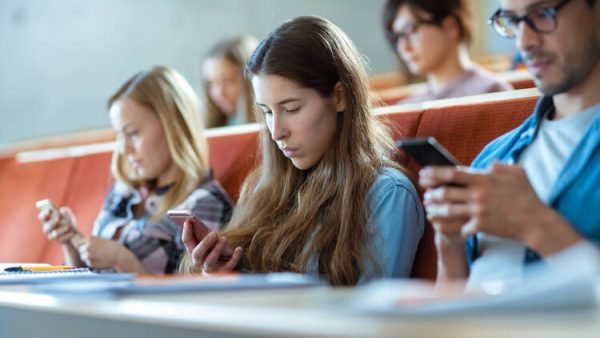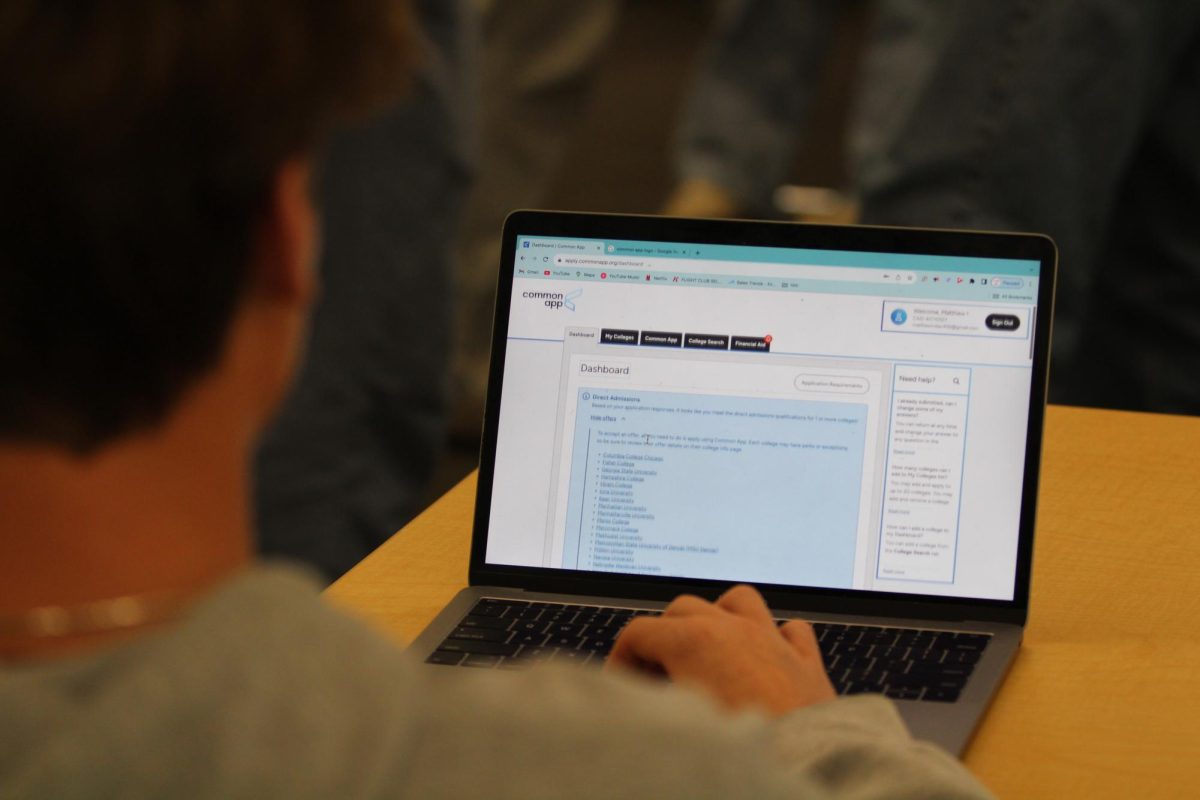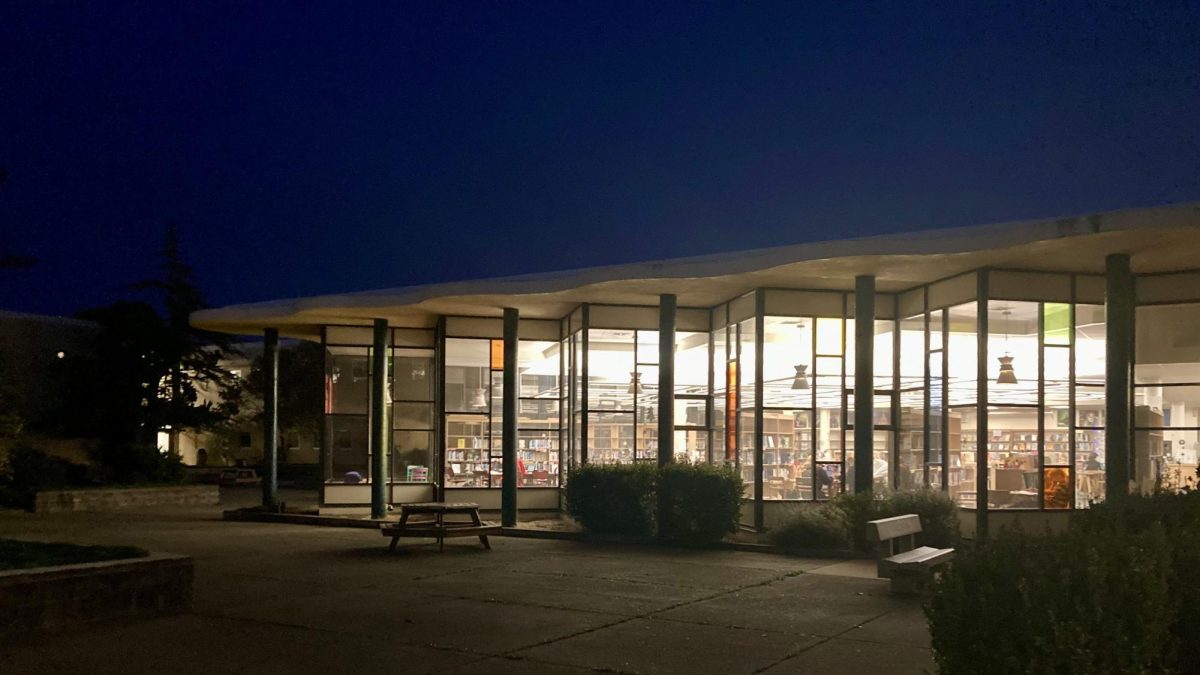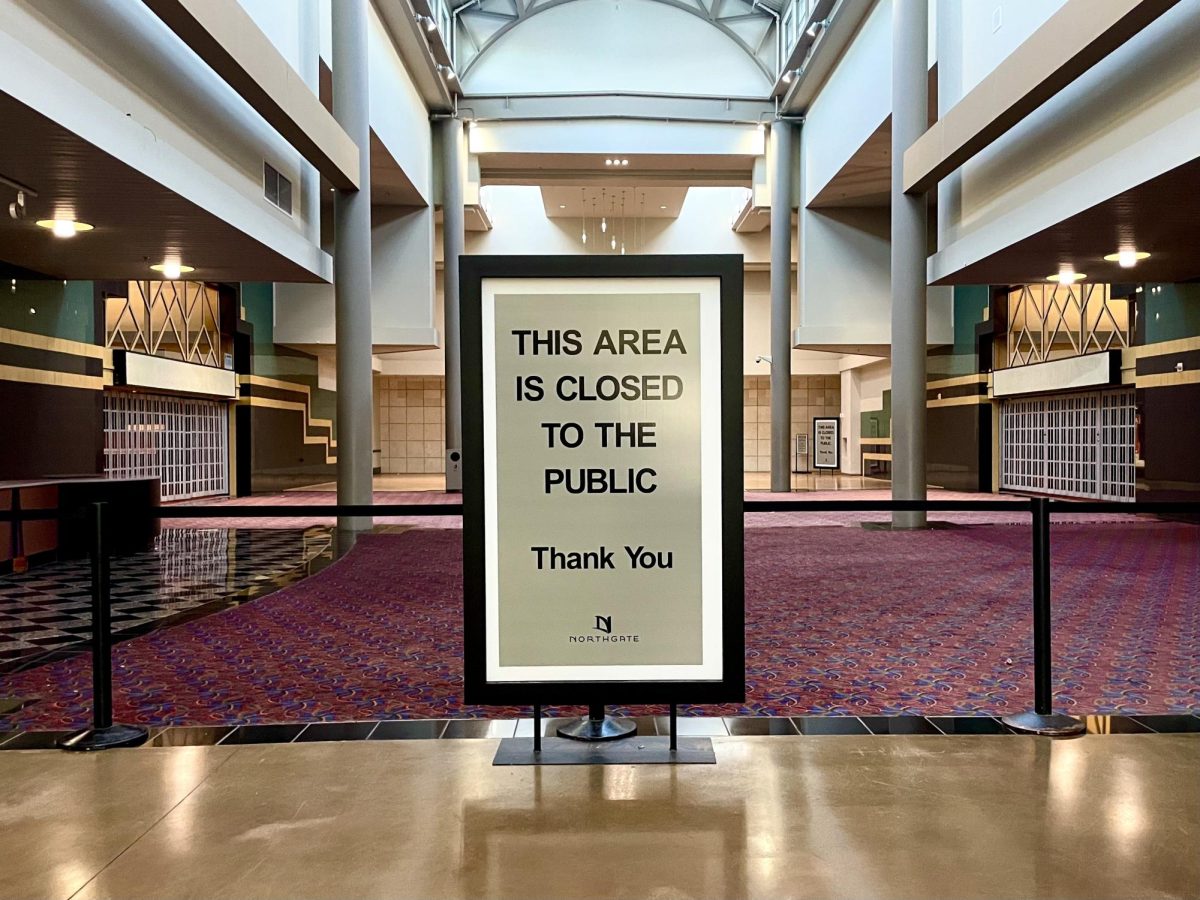The Tamalpais Union High School District (TUHSD) Board is considering revisions to its cell phone policies at district high schools, such as Redwood, and conducted a recent cell phone survey to obtain student, faculty and parent feedback. Recent research presented by TUHSD superintendent Dr. Tara Taupier at the Sep. 5 Board meeting suggests that the adverse effects of social media disproportionately impact girls and individuals suffering from loneliness, isolation or depression.
“We are committed to disrupting the negative impacts of cell phone use on students,” Taupier said.
The district currently requires students to shut off their cell phones during instructional time, but this rule is enforced at the discretion of individual teachers. Some teachers require students to deposit their phones in phone caddies at the beginning of class, and others allow students to keep their phones so long as they remain in the classroom. San Andreas High School goes a step further, prohibiting any cell phone usage during class time altogether.

During the recent TUHSD meeting, the Board asked the district to consider banning all cell phones during class for at least one to two days per week. This is an increasingly common trend across the country. According to federal data, by 2020, 77 percent of public schools nationwide prohibited non-academic cell phone use during school hours.
San Mateo High School takes a stricter approach, locking students’ phones in Yondr pouches for the entire school day. Yondr pouches store individual cell phones securely and can be unlocked with a circular magnet. Assistant Principal Adam Gelb believes this practice enhances student participation.
“I really think it’s about being present and engaging [with] the adult trying to teach you, [or] your peers that might be in your small group. That’s part of the main philosophy we’re trying to preach,” Gelb said.
TUHSD Board member and Alameda High School teacher Cynthia Roenisch shared Alameda High School’s policy, which involves every teacher collecting phones during class. This approach reportedly led to reduced cell phone use in the classroom, a significant drop in hallway traffic and added material to lesson plans due to increased instructional efficiency.
However, not all attendees at the Board meeting agreed a full ban was the optimal solution. One student in the audience indicated that phone caddies or jails would be a better way to prevent phone use, explaining that an outright ban could be circumvented by students. Senior Nicolas Biscotto also felt a full ban would be hard to comply with.
“That would be very rough to handle,” Biscotto said. “We’re in an era where we’re very phone dependent. We can’t be deprived of our phone because many people depend upon it throughout the day.”
Assistant Superintendent of Educational Services Kelly Lara acknowledged the importance of involving students in the decision-making process regarding cell phone usage.
“We are engaging our students in having a voice, utilizing their agency and talking to us about cell phone usage and how it comes into the classroom,” said Lara. “We have some work to do with our students, families and teachers to better understand how it’s impacting them and then to also set limits.”

As part of the Board’s commitment to educating students about the impact of mobile technology, digital citizenship social emotional lessons by Common Sense Media will be implemented in every grade in district schools this year. The Board will make further decisions on cell phone usage in schools once they review the results of the recent survey.
“We don’t allow smoking on campus because we know it’s unsafe,” said Board trustee Emily Uhlhorn. “Why wouldn’t our approach be to ban — or more severely limit -– cell phone use?”
The survey results are expected to be made public Dec. 12.







